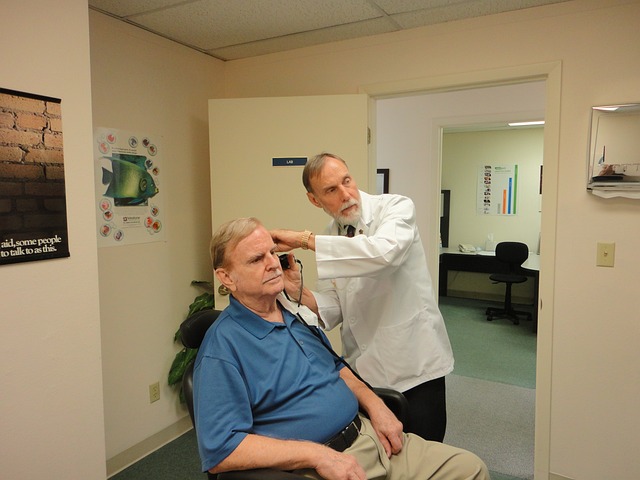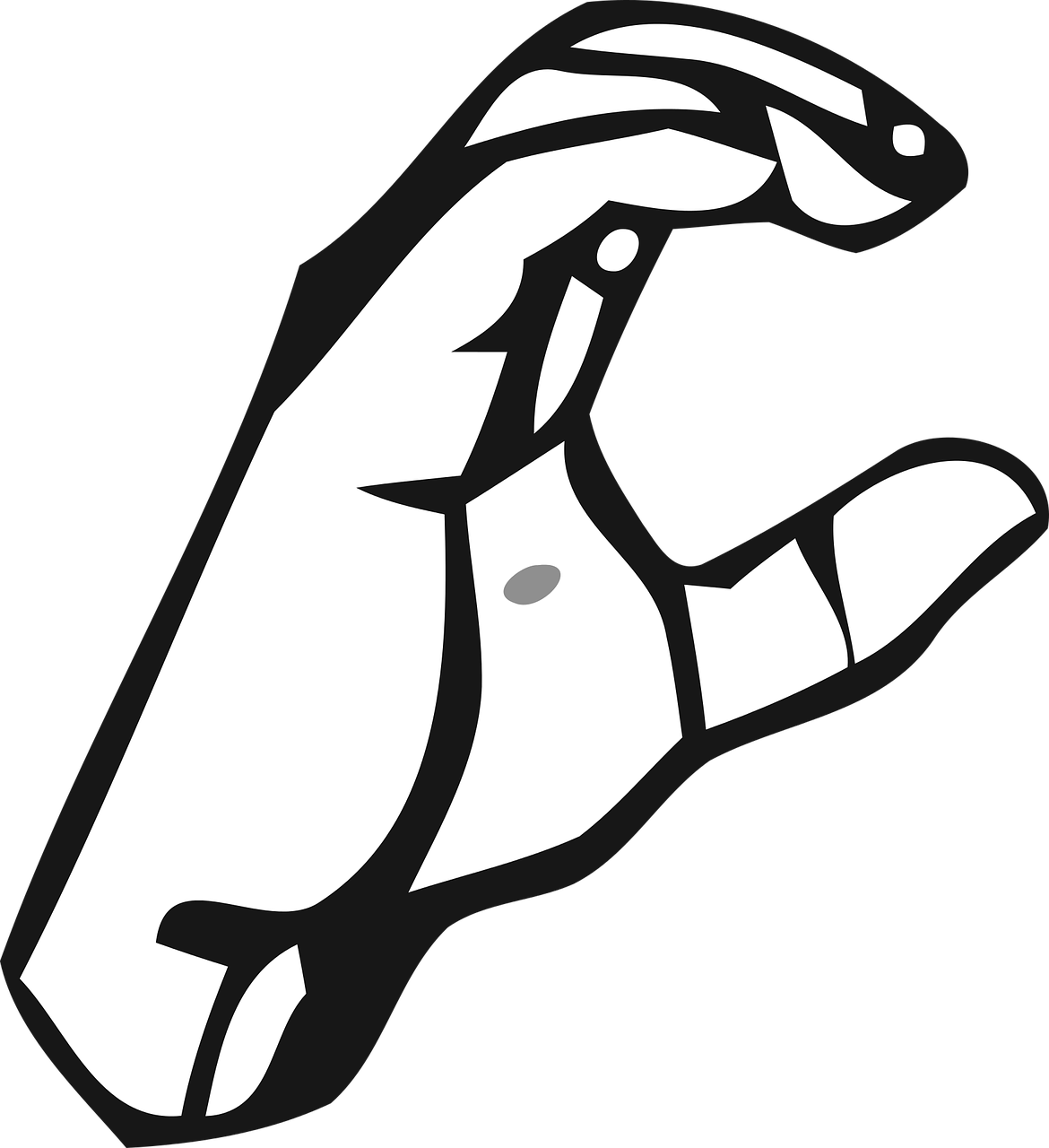Clinics and healthcare facilities are an essential part of our society, providing medical aid and advice to people from all walks of life. Patients with hearing disabilities, however, often face a significant barrier when accessing healthcare services. National data suggest that over 10% of the population has hearing loss. For people in this subset, communication can be a challenge, particularly when it comes to healthcare. That’s where sign language interpretation for Clinics come in as a vital tool for bridging the communication gap.
People with hearing disabilities often experience difficulties in making appointments, discussing their symptoms, or communicating their concerns with healthcare professionals. It can be more stressful or confusing for them when they cannot find the right words to communicate effectively. In a clinical setting, such communication breakdown can lead to health disparities, inadequate treatment, and emotional distress.
That’s where sign language interpretation for Clinics plays a fundamental role. Sign language interpretation enables effective communication between healthcare providers and hearing-disabled patients. It involves the use of gestures, facial expressions, and body language to convey messages. Interpreters help these patients understand their medical conditions, diagnosis, treatment options, and follow-up plans.
Many healthcare clinics do not have staff trained in sign language interpretation on their teams. In such cases, clinics can seek help from professional interpreters. These professionals undergo rigorous training and certification processes to interpret medical information accurately.
Patients who have access to sign language interpretation for Clinics experience several benefits. Firstly, they have a better understanding of their diagnosis, symptoms, and treatment options. They are more likely to comply with their medical treatments, adhere to medical instructions, and engage in more active self-care. It ultimately leads to better health outcomes and increased satisfaction with the healthcare services they receive.
Secondly, sign language interpretation enhances healthcare providers’ ability to provide quality care. They can obtain more accurate patient histories, conduct a more thorough examination, and provide appropriate treatment recommendations. Clinics that invest in sign language interpretation services improve the care they provide and create a better healthcare environment for patients.
Thirdly, sign language interpretation in clinics ensures accessibility and inclusiveness. Patients with hearing disabilities often experience social isolation and can face substantial communication barriers. These barriers can lead to negative experiences with healthcare providers and impact their willingness to engage with the healthcare system. When clinics provide sign language interpretation, they promote inclusivity and make healthcare services more accessible for everyone.
Furthermore, providing sign language interpretation for Clinics is a legal requirement under the Americans with Disabilities Act ADA. It requires healthcare providers to provide communication accommodations to people with disabilities, including sign language interpretation. Failing to do so can lead to litigation, fines, and negative publicity.
Finally, sign language interpretation for Clinics is a cost-effective solution. Providing sign language interpretation prevents medical errors, unnecessary testing and treatment, and wasted time and resources. It helps patients obtain the care they need, prevent complications, and reduce the overall cost of healthcare.
Patients with hearing disabilities deserve access to quality healthcare services, just like everyone else. Sign language interpretation for Clinics provides an effective means of communication between healthcare providers and hearing-disabled patients. It improves patient outcomes, enhances the quality of care, promotes inclusivity, ensures legal compliance, and reduces healthcare costs. Healthcare clinics must invest in providing sign language interpretation to bridge the communication gap and break down barriers that prevent people from accessing healthcare. So, it’s time to break the silence and promote inclusive healthcare.






